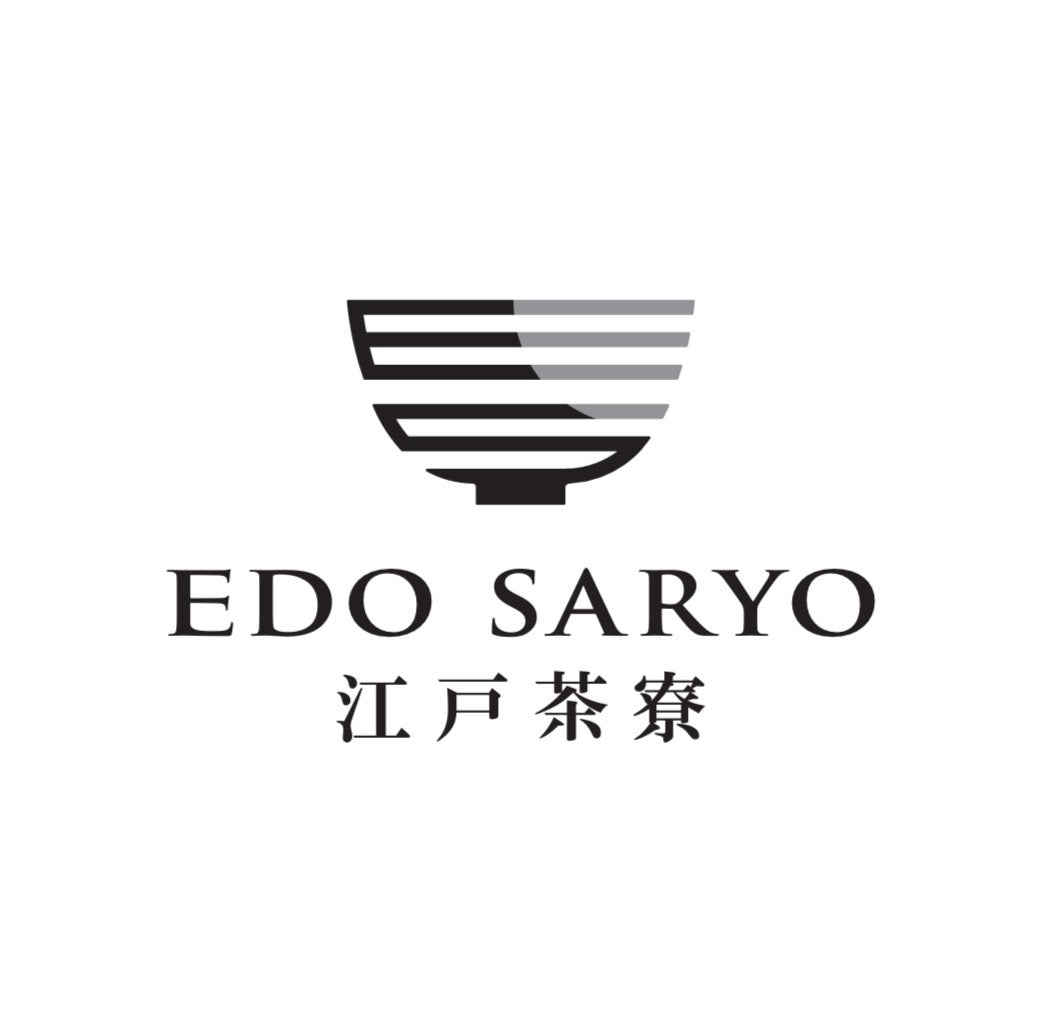Edo Saryo and Kagura – The Tradition of Myth and Prayer
1. What is Kagura?
Kagura is a sacred Shinto performing art that has been performed at shrines across Japan for centuries. The word “Kagura” comes from kamukura (seat of the gods), reflecting its role as a ritual in which dance and music invite the presence of deities. It is both a form of prayer and celebration, combining flute, drum, and chant with dynamic movement. While deeply spiritual, Kagura also became a form of festive entertainment for communities, allowing people to honor the gods while celebrating together.
2. The History of Kagura
• Mythological Origins: The most famous origin story appears in the Kojiki and Nihon Shoki. When the sun goddess Amaterasu hid herself in a cave, the goddess Ame-no-Uzume performed a lively dance, drawing laughter from the other gods and luring Amaterasu out. This myth is considered the beginning of Kagura.
• Ancient to Medieval Japan: By the Nara and Heian periods, Kagura had become a formal ritual at the Imperial Court, known as Mikagura.
• Medieval to Early Modern Period: Kagura spread to rural areas, evolving into regional forms such as Ise Kagura, Izumo Kagura, and village-based Satokagura. These were performed for bountiful harvests, protection from illness, and community prosperity.
• Today: Kagura is still performed at shrines and festivals throughout Japan. Some forms have been recognized by UNESCO as Intangible Cultural Heritage, preserving its role as both sacred ritual and local celebration.
3. Characteristics of Kagura
While styles differ by region, several features define Kagura:
• Dance: Often based on Japanese mythology, dancers embody gods and heroes such as Amaterasu and Susanoo, with movements that combine grace and vigor.
• Music: Traditional instruments—flute, taiko drums, and hand gongs—create rhythms that are both solemn and exciting.
• Masks and Costumes: Demons, gods, and spirits are represented through striking masks and colorful costumes.
• Regional Diversity: Izumo Kagura, Iwato Kagura, and Ise Kagura each preserve unique rituals and performance styles, reflecting local identity.
4. Kagura and Edo Saryo
At first glance, Kagura and Edo Saryo’s tea and art experiences may seem unrelated, but they share deep cultural connections:
• Prayer and Gratitude: Kagura expresses prayers for peace and prosperity through dance, while the tea ceremony expresses gratitude and harmony through a single bowl of tea. Edo Saryo creates a bridge between these two forms of spiritual expression.
• Extraordinary Experience: Kagura transports audiences into the realm of myth and divine ritual, while tea transforms an ordinary moment into a special ichigo ichie (once-in-a-lifetime encounter). Together, they embody Japan’s unique blend of spirituality and artistry.
• Fusion of Art and Craft: Incorporating Kagura motifs—such as masks, divine symbols, or costume patterns—into Edo Saryo’s tea bowl painting or art workshops allows visitors to carry home a piece of this tradition.
5. The Value of Kagura and Tea in the Modern Era
In a fast-paced, digital society, people are seeking experiences that bring meaning, serenity, and connection. Kagura offers a vibrant and communal prayer through performance, while tea provides quiet reflection and mindfulness. At Edo Saryo, combining the two allows visitors—both Japanese and international—to experience the dual essence of Japanese spirituality: movement and stillness, festivity and silence. This makes Edo Saryo not just a cultural attraction but a place where myth, ritual, and daily life come together in harmony.
⸻
Edo Saryo / What is Kagura / History of Kagura / Kagura Characteristics / Shinto Performing Arts / Japanese Traditional Culture / Kagura and Tea / Japanese Cultural Experience / Shibuya Traditional Arts / Aoyama Cultural Heritage / Harajuku Tourism Culture

